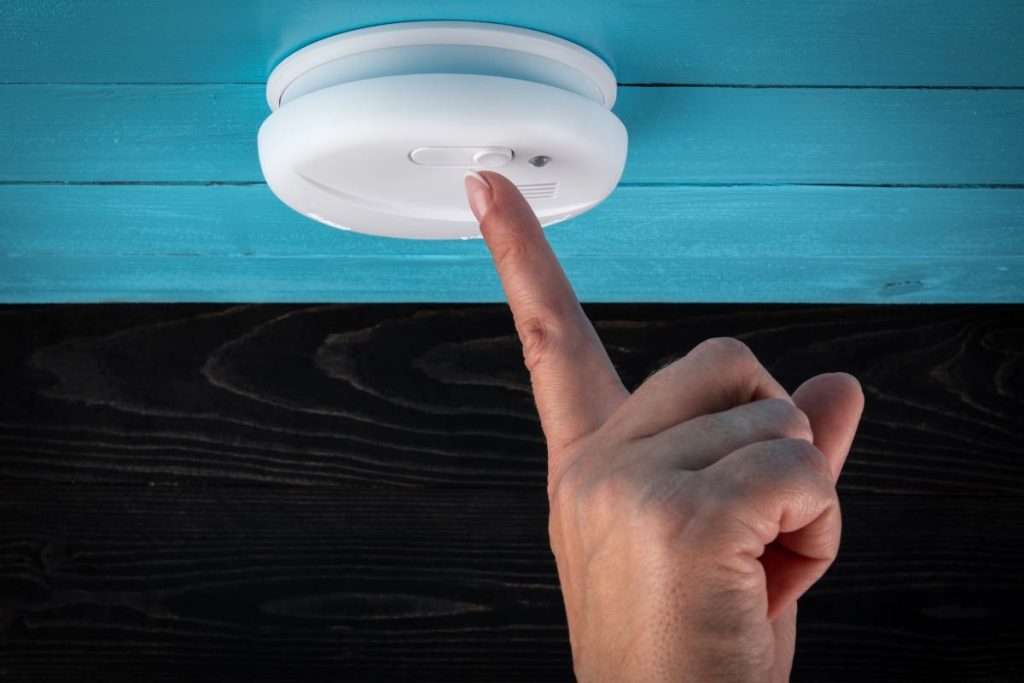Fire Alarms
Which Type of System Do I Need?
A fire alarm system is one of the most fundamental safety features of any business premises. Ensuring that your system falls into the correct category and provides a broad enough level of protection is also a legal requirement, so it certainly pays to get properly acquainted with the various types of fire alarm systems.

